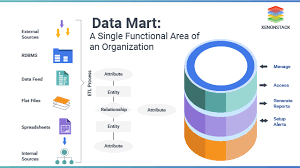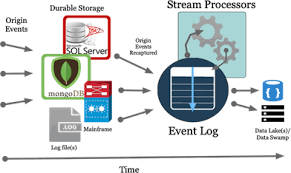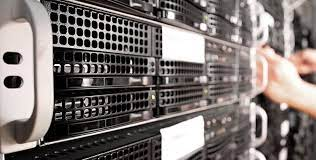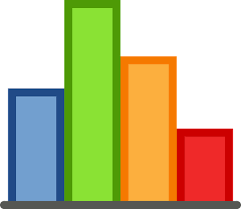Big Data Analytics: Techniques and Tools for Effective Data Management
Big data refers to a large and complex dataset that is difficult to process using traditional data management tools. It has become a buzzword in the business world, as organizations seek to leverage its potential for driving growth and innovation. However, managing big data can be a challenge, as it requires sophisticated techniques and tools to extract meaningful insights from the massive amounts of information. In this post, we'll explore the different techniques and tools for big data analytics and discuss how they can help organizations effectively manage and utilize their data.

Techniques for Big Data Analytics
There are several techniques for big data analytics, each of which has its own strengths and limitations. Some of the most popular techniques include:
- Data warehousing and data marts: This approach involves collecting and storing data in a centralized repository, such as a data warehouse or data mart. The data can then be analyzed using traditional business intelligence tools, such as SQL and OLAP (Online Analytical Processing) cubes. This approach is useful for creating a single source of truth and allowing organizations to easily access and analyze their data.
- Data mining: Data mining is the process of identifying patterns and relationships in data. It involves using algorithms and statistical models to analyze large datasets and extract meaningful insights. Data mining can be used for a variety of applications, including customer segmentation, predictive modeling, and market basket analysis.
- Machine learning: Machine learning is a subset of artificial intelligence that focuses on building systems that can learn from data and make predictions based on that learning. It involves using algorithms to analyze and identify patterns in data, and then using that information to make predictions or decisions. Machine learning can be used for a variety of big data applications, including sentiment analysis, image recognition, and fraud detection.
- Stream processing: Stream processing is a real-time data analytics technique that is used to process and analyze large amounts of data in near real-time. It involves using algorithms to process and analyze data as it is generated, allowing organizations to quickly identify and respond to trends and patterns in their data.




Tools for Big Data Analytics
There are a variety of tools available for big data analytics, each of which is designed to meet the specific needs of different organizations and use cases. Some of the most popular tools include:
- Apache Hadoop: Apache Hadoop is an open-source software framework that is used for large-scale data processing and storage. It is based on the MapReduce programming model and provides a scalable and fault-tolerant solution for managing big data. Hadoop is often used in conjunction with other big data tools, such as Apache Spark and Apache Hive, to provide a complete solution for big data analytics.
- Apache Spark: Apache Spark is an open-source data processing framework that is designed for large-scale data processing and analytics. It is a fast and flexible alternative to Hadoop MapReduce, and provides support for batch processing, interactive analytics, and real-time stream processing. Spark is used by many organizations for big data analytics, as it provides a fast and efficient solution for processing and analyzing large amounts of data.
- NoSQL databases: NoSQL databases are a type of database that are designed to handle large amounts of unstructured or semi-structured data. They provide a flexible data model that can accommodate a wide range of data types, and are often used for big data applications, such as real-time analytics and social media analysis. Some popular NoSQL databases include MongoDB, Cassandra, and CouchDB.
- Data visualization tools: Data visualization tools are used to represent data in a graphical or pictorial format, making it easier for people to understand and analyze. Some popular data visualization tools include Tableau, QlikView, and D3.js. These tools allow organizations to quickly and easily identify patterns and trends in their data, and can be used for a variety of big data applications, including market analysis and customer behavior analysis.




Conclusion
Big data analytics is a critical aspect of modern business, as organizations seek to leverage the massive amounts of data they collect to drive growth and innovation. The use of advanced techniques and tools for big data analytics is essential for organizations to effectively manage and utilize their data. By choosing the right techniques and tools for their specific needs and use cases, organizations can gain valuable insights from their data and make informed decisions that drive business success.
Whether you're just starting out with big data analytics or looking to expand your existing capabilities, it's important to stay up-to-date with the latest techniques and tools. By doing so, you'll be able to leverage the full potential of big data to drive business growth and success, and stay ahead of the competition in the ever-evolving world of data management and analytics.
Congratulations, your post has been curated by @r2cornell-curate. Also, find us on Discord
Felicitaciones, su publication ha sido votado por @r2cornell-curate. También, encuéntranos en Discord